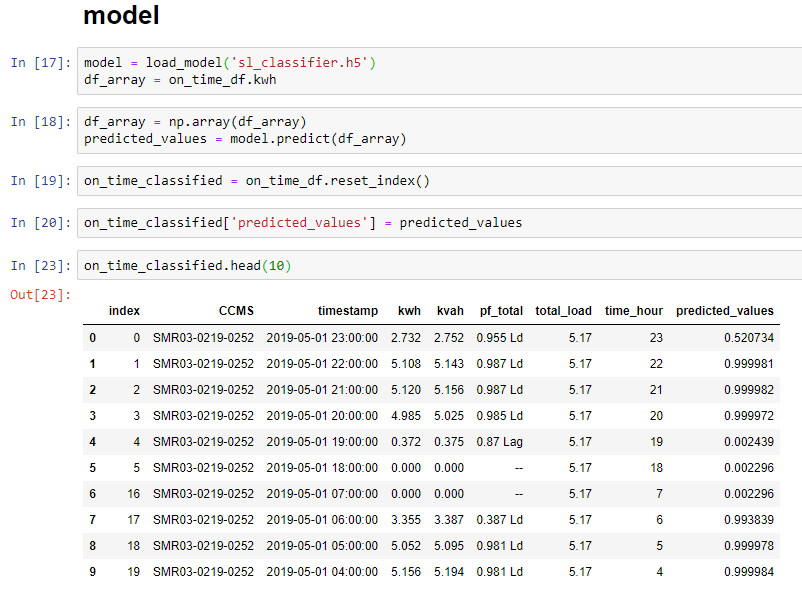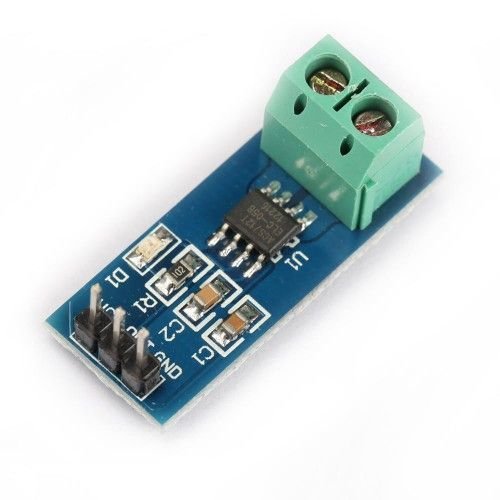Predictive Analysts.
Improving the streetlights of tomorrow using data science.
The
Problem.
Detecting/identifying faulty streetlights and no. of lights that are connected to a particular ccms that are not functioning and their wattage.
Our
Solution.
Classifying the faulty streetlights by passing the logging data to our algorithm.
Note: The data also might be influenced by external factor such as but not limited to power outage etc.
Predicting the chances of occurence of faults in streetlights using machine learning.
1. Splitting the data into two variables (dataframes)
a. Uptime b. Downtime
2. Cleaning and reformat the data for uptime variable
- looking for fluctuations in the data +/- standard deviation away from mean / standard value.
3.If the data is found to be away from the std of mean value then classify it as faulty or defective with exception but not limited to the external factors.
Note: The mean is the avg of maximum value for kw/h measured for a long sustained duration.
Our Approach
on_time_df = df[(df.time_hour >= 18) | (df.time_hour <= 7)]
#on_time_df.describe()
on_time_df.head()Dataset
Cleaning
seggragate & remove Downtime values
Uptime values
Classification
(uptime.kwh)
Faulty
not Faulty
Machine learning model
Predicted likelihood of the streetlight to be faulty
Architecture
Code Snippets


Classification
Machine learning based prediction model
Next
Steps.
What can be done next?
• Better and accurate data collection.
• More efficient hardware-based tagging and logging the data from unique streetlights.
CCMS

streetlight #1
streetlight #2
streetlight #3
Data logging
- This will help us to identify individual faulty street lights by having access to more and precise data
Microcontroller
Current sensors (ACS712)


Cost
Estimation.
Hardware Requirements:
- Power draw sensor
- Wire
- Microcontroller for each junction (CCMS)
- Man power
Avg. 60 - 90rs/streetlight
Disclaimer: Given the total cost is being taken into factor according to the wholesale value of the hardware items.
Benefits:
- Getting individual streetlight data with unique id.
- Easier to locate faulty lights and ccms's.
- Would require less number of people for maintainance.
- Great for longer time (Future-proof)
Monetory benefits =>
- Reduces no. of technicians to be hired for maintenance.
- Time to locate, respond and fix the faulty street lights is greatly reduced.
- Time is saved when responding to and resolving customer complaints.
- Travel time, fuel, etc. (miscellaneous) costs are also save.
Aprrox. budget needed =>
Taking Avg. of 90rs per unit for 90 Lakh units.
Rs. 81 Cr.
Disclaimer: Its an approximate value, given value can change depending on the market and total requirement.
ROI
Lets just say there are 60,000 ccms for 90,00,000 street lights
lets just say, for 60,000 ccms 600 people are employed
After deploying our system from 10 people we are reducing it to 5 people for 1000ccms.
we are cutting down 5 people for each 1000 ccms, so that makes it 300 in total for total ccms
lets take salary of 1 person = 50000/month (bare minimum)
1 month saving = 1,50,00,000
Disclaimer: Its an hypothetical value, right now. Given the actual data you are gonna see numbers somewhere around this.
for 90,00,000 lights we have 18000 people, we can cut down to 9000 people for 90,00,000 light
per month saving = 10000*9000 = 9,00,00,000
Return on initial capital can be seen beginning as soon as 8 - 10 months approx from the date of being deployed into action.
total saving per month = 10,50,00,000
Thank You!
Team: Predictive Analysts.
Aman Saxena & Sanchit Mishra
Predictive Analysts - CCMS
By sanchit mishra
Predictive Analysts - CCMS
Challenge 1: Finding/locating faulty street lights and improving the current data collection system.
- 386